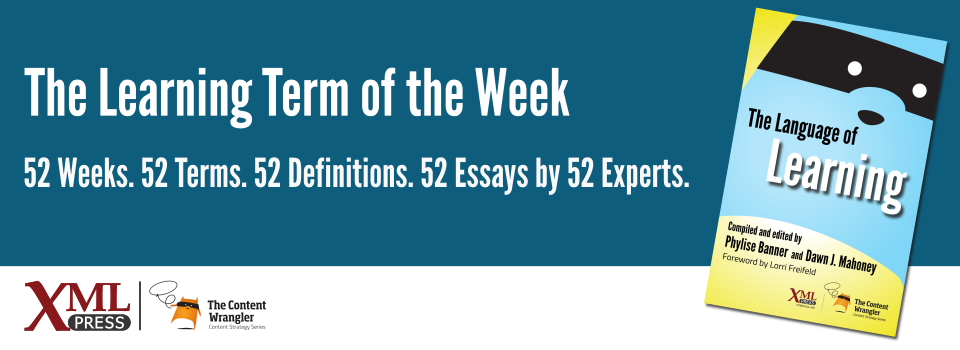What is it?
The process of incorporating student-centered design approaches, including human-centered, service design, and user-experience design methods, to design and develop shared learning experiences for students and instructors.
Why is it important?
Whether learning materials are online, face-to-face, or a blend, considering the learners’ experience in relation to the goals and outcomes is key to developing successful learning paths. For business professionals, Learning Experience (LX) design is important because it frequently translates to customer success, which leads to higher sales and better customer stories(Hoke, 2011).
Why does a business professional need to know this?
Learning is experienced in different ways by different people, with different goals and learning needs.
User-experience design is defined as the systematic study of goals, needs, and capabilities of users to specify design, construction, or improvement of tools to benefit how users work and live
(Schumacher, 2010, p. 6).
Learning experience design (LX) uses similar methods to design the experiences by which learners work and learn. Learning experience design is the process of creating learning experiences that enable the learner to achieve the desired learning outcome in a human-centered and goal-oriented way
(What is Learning Experience Design, n.d.).
LX design methods offer a means for instructors, trainers, instructional designers, curriculum developers, and others to identify learning paths that maximize usability, accessibility, and wayfinding abilities for their students. Personas, journey maps, prototypes, and applied user and usability research provide a framework for identifying learner needs. They also provide high-impact opportunities for refinement of course design, based on learner needs.
As eLearning becomes an increasingly important strategy, businesses benefit from identifying customers as learners with an eye toward teaching them how best to use products and services.
Academically, LX design provides a means to identify learner needs and design experiences that foster deep learning.
By understanding learners as users, as well as content consumers, you can make design decisions that reduce the cognitive load of learners navigating course content.
References
- (Hoke 2011) Increasing Sales Through E-Learning: Hoke, C. (July 2011). Training Industry.
- (Sauro 2016) Quantifying the user experience: Practical statistics for user research: Sauro, Jeff, and James R. Lewis. (2016). Second edition. Morgan Kaufmann. ISBN: 978-0128023082
- (Schumacher 2010) Foundations and definition: Schumacher, Robert M. (2010). in Handbook of Global User Research, edited by Robert M. Schumacher, 1-20. Morgan Kaufmann. ISBN: 978-0123748522.
- (LXD) What is learning experience design?: Website and video that defines and describes learning experience design.

